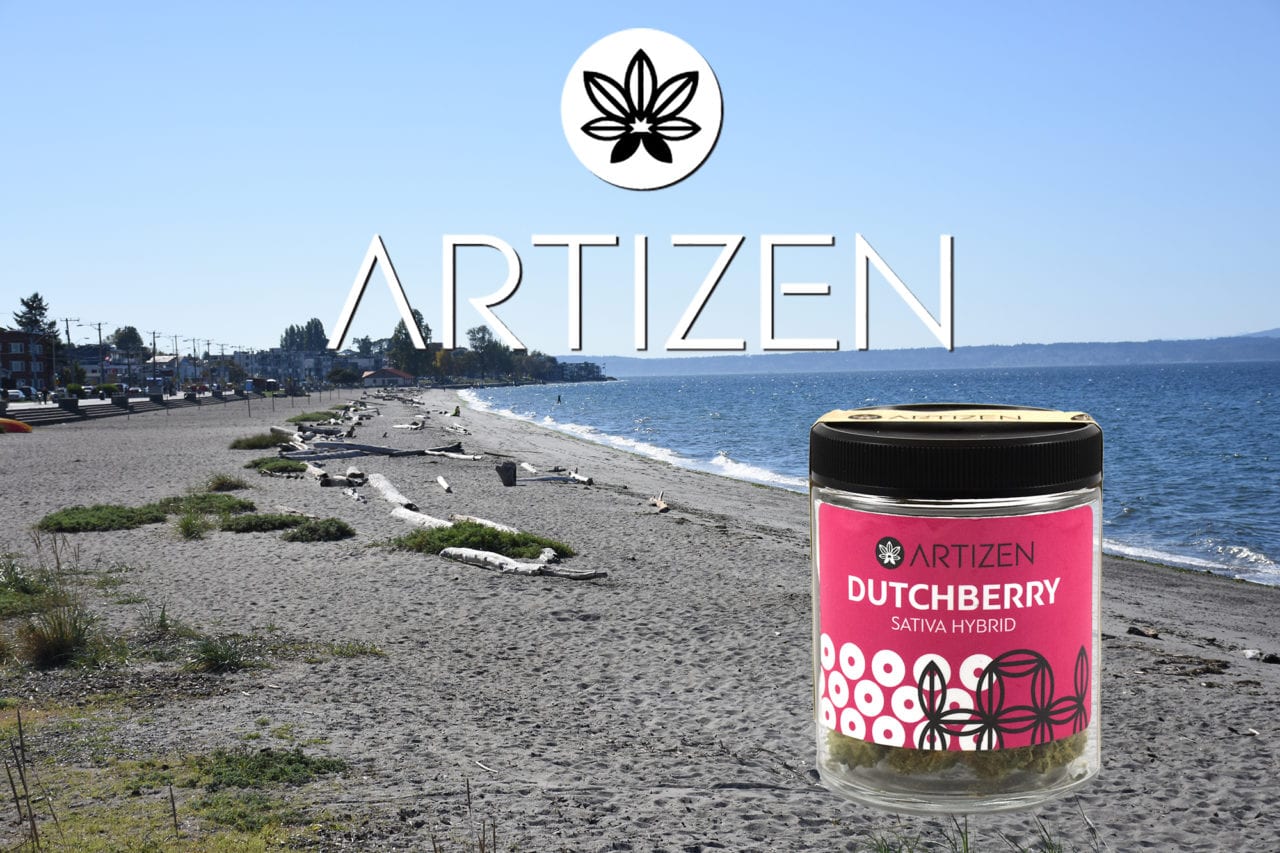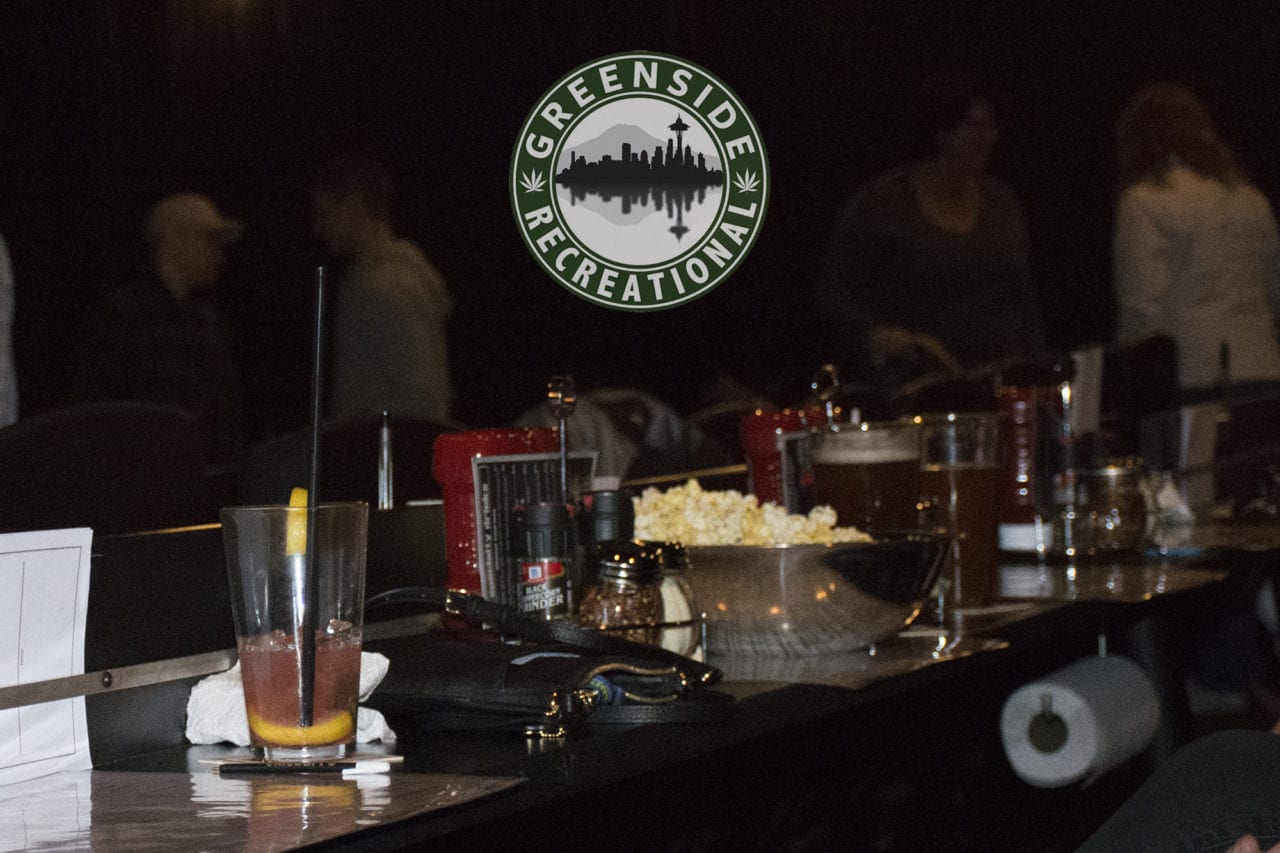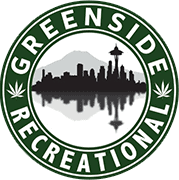Queen Anne Hill, standing 456 feet above Puget Sound, is a largely residential community named after the architectural style popular in the 1880s. Its steep slopes made it one of Seattle’s last neighborhoods to be fully developed. Formed by the Vashon Glacier over 13,500 years ago, the hill was nearly surrounded by water, with Smith’s Cove and Salmon Bay to the west, Lake Union to the east, and a connecting creek to the north.
Native Americans, including the Shilshole, Duwamish, and Suquamish tribes, camped around the base to gather fish and shellfish and to hunt. The Duwamish lived in cedar longhouses south of the hill, while the Shilshole resided north of Salmon Bay. A meadow south of the hill, called baba’kwob or prairies, was a prime spot for trapping ducks.

Arrival of Settlers
In 1851, members of the Arthur A. Denny Party arrived and began claiming land. David Denny preferred the meadow for its openness, claiming 320 acres. The area was dubbed Potlach Meadows due to the Duwamish festivals held there. On January 23, 1853, David and Louisa Denny spent their honeymoon on this land. Their claim spanned from Lake Union to Elliott Bay and from Depot Street (Denny Way) to Mercer Street.
Early Settlement and Development
Settlement on Eden Hill, as it was known, started around its base. Thomas Mercer settled near Lake Union, Dr. Henry Smith at the cove to the west, John Ross along the creek connecting Lake Union to Salmon Bay, and Edmund Carr on the south side of Salmon Bay. Development was slow due to the thick forests and steep slopes, which deterred settlers looking for farmland. A military road following a Native American trail on the east side later became Dexter Avenue.
In 1872, David Denny subdivided 500 acres into lots, which sold slowly despite offers of two-for-one deals if houses were built immediately. A hurricane in 1875 facilitated settlement by toppling thousands of trees. George Kinnear, who arrived in 1878, began transforming Eden Hill into a residential district.
The Rise of Queen Anne
The 1880s brought a boom to Seattle with wealth from timber, coal, and real estate, and the Northern Pacific Railroad connected the city to the nation in 1883. As residents built homes on the south side of the hill, they followed the Queen Anne architectural style. Rev. Daniel Bagley jokingly called it “Queen Anne Town,” a name that stuck and appeared in real estate ads by 1885. A wagon road was approved that same year, which later became Mercer Street.
In 1887, the Seattle Lake Shore & Eastern Railroad was completed along the west and north sides of the hill, leading to the establishment of the Ross community with various amenities. By 1890, Seattle’s population had increased twelvefold over ten years.
The Great Fire of 1889 in downtown Seattle spurred more home construction on the hill. Despite sawmills lining nearby shores, Queen Anne remained peripheral until transportation issues were resolved.
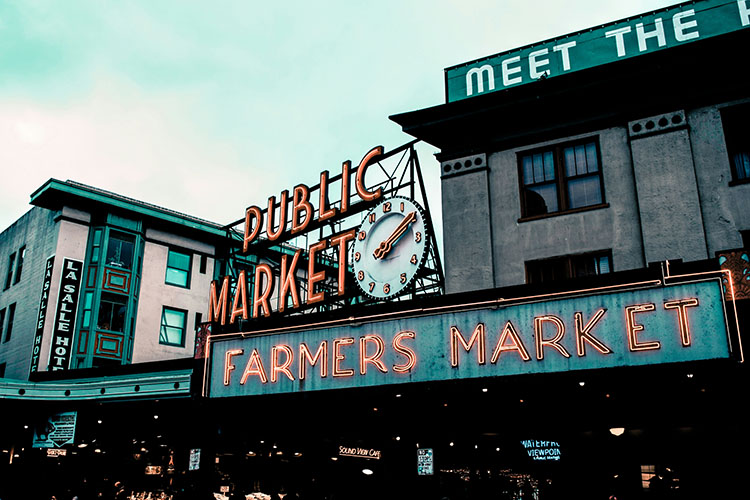
Infrastructure and Growth
Starting in 1902, electric streetcar lines reached the top of the hill, including a unique counterweight system on Queen Anne Avenue to manage the steep grades. This facilitated development at the hill’s summit, and many fine homes were built in the early 20th century with views of Mount Rainier, Elliott Bay, and Seattle.
Queen Anne residents were politically active from the 1880s, advocating for various civic improvements and social causes. The Queen Anne Improvement Club, formed in 1901, pressured City Hall for enhanced services. Parks and additional streets were included in the Olmsted Brothers’ plan for the area.
Mid-20th Century Developments
Queen Anne continued to grow, experiencing a housing demand through the early 20th century, with a slowdown during the Great Depression. The Lake Washington Ship Canal’s completion in 1917 turned Salmon Bay into a freshwater basin, boosting the maritime industry around the hill. Despite its reputation, most residents were wage earners in modest homes, with the population reaching about 30,000 by 1930.
The Great Depression saw public works improvements, including parks and bridges. World War II brought military installations to the area, and notable resident Robert E. Galer was awarded the Medal of Honor.
The Advent of Television and the World’s Fair
On Thanksgiving Day, 1948, KRSC delivered the Northwest’s first television broadcast from Queen Anne. This area later became a hub for TV towers, with height regulations imposed by the city council to prevent excessively tall structures.
The 1962 Seattle World’s Fair transformed 74 acres of David Denny’s land into the Century 21 Exposition, leaving the community with the Seattle Center, a lasting cultural and recreational focal point. The Seattle Supersonics, a professional basketball team, were established in 1967.
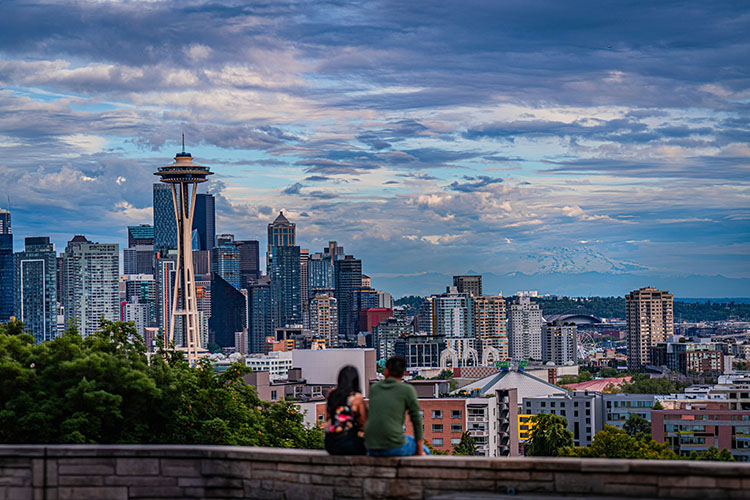
Institutions and Preservation
Queen Anne High School, a Beaux Arts-style building, opened in 1909 and was converted into apartments in 1986. Seattle Pacific University and other institutions had their origins on Queen Anne. Grassroots preservation efforts in the 1960s and 1970s successfully fought against high-density housing developments, maintaining the neighborhood’s character.
The 21st Century
Queen Anne’s proximity to downtown Seattle has become a major attraction in the 21st century, despite traffic congestion. The community continues to value its historical legacy, political activism, and unique character.
Follow Greenside on social media for the latest news, updates, and promotions.


